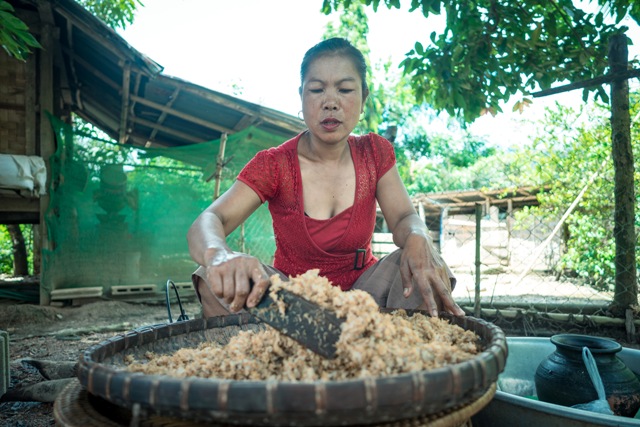Regenerative tourism goes beyond mere sustainability and turns tourism into a force for good
Tourism as a Force for Good
Regenerative tourism is a concept that is gaining traction in the travel industry. It is a philosophy that aims to not only minimize the negative impact of tourism but also to actively contribute to the regeneration of local ecosystems, economies, and cultures. In essence, regenerative tourism seeks to leave a destination better than it was found.
The concept of regenerative tourism is not new. Indigenous communities around the world have been practicing regenerative tourism for centuries. However, it has gained renewed interest in recent years due to the growing awareness of the impact of tourism on the environment and the need for sustainable travel practices, particularly post-pandemic – indeed it could even be argued that, as the global tourism industry and those who depend on it start to recover, tourism in itself is a regenerative act.
Regenerative tourism is different from sustainable tourism in that it goes beyond just minimizing the negative impact of tourism. Sustainable tourism focuses on reducing the harm done by tourism activities, while regenerative tourism aims to create a positive impact by actively regenerating the environment and communities.
One example of regenerative tourism is ecotourism. Ecotourism involves traveling to natural areas with the aim of learning about and conserving the environment. It involves activities such as hiking, bird watching, and wildlife viewing. Ecotourism can contribute to the regeneration of the environment by providing financial support for conservation efforts and by promoting the value of the environment to local communities – Khiri supports several such initiatives including the Endangered Primate Research Centre in Vietnam, and the Gibbon Rehabilitation Centre in Phuket, Thailand.



Another example of regenerative tourism is community-based tourism. Community-based tourism involves staying with local communities and participating in their cultural activities, such as our Buffalo Curd Experience in Sri Lanka, or our Rice Wine Trek in Laos. This form of tourism can contribute to the regeneration of local economies by providing income and employment opportunities for local people. It can also help to preserve local cultures and traditions.
Regenerative tourism can also involve the use of sustainable and regenerative practices in the tourism industry itself. For example, hotels can use renewable energy sources, reduce their water consumption, and use sustainable materials in their construction. Restaurants can use locally sourced and organic produce, reduce food waste, and use composting to regenerate soil health.
The benefits of regenerative tourism are many. For the environment, regenerative tourism can help to restore damaged ecosystems, conserve biodiversity, and mitigate climate change. For communities, regenerative tourism can provide economic benefits, create employment opportunities, and help to preserve local cultures and traditions.
However, implementing regenerative tourism practices requires a shift in mindset and a commitment to sustainability. It requires tourism businesses to not only minimize their negative impact but to actively contribute to the regeneration of the environment and communities. It requires tourists to be conscious of their impact and to choose travel options that align with their values.
In conclusion, regenerative tourism is a promising concept that has the potential to transform the travel industry. By actively contributing to the regeneration of local ecosystems, economies, and cultures, regenerative tourism can create a positive impact that goes beyond just minimizing harm. However, it requires a commitment to sustainability from all stakeholders, including tourism businesses, tourists, and local communities. If done right, regenerative tourism can create a better future for both people and the planet.
Tim Russell joined the Khiri Core team in 2022, bringing decades of experience in the tourism industry into his role as Group Marketing Manager. Before moving to Bangkok in 2012 – where he now lives with his wife and their three rescue dogs – Tim spent almost ten years in Vietnam. When he is not overseeing Khiri’s marketing efforts, Tim can be found indulging in his passions for photography, live music, and street food.

